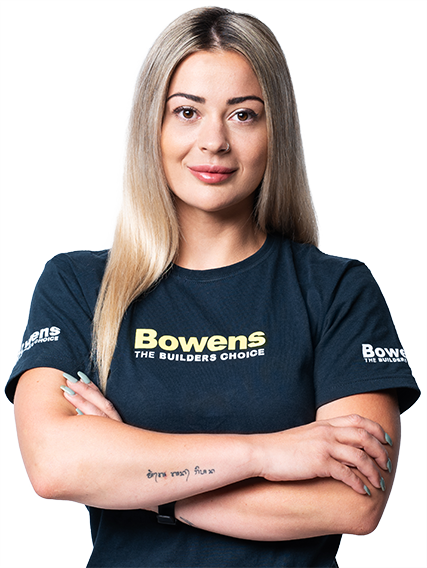WorkSafe inspectors are visiting construction sites across Victoria to ensure employers and self-employed persons meet their obligations to identify hazards and control the risks associated with falling objects.
Falling objects can cause serious injuries or death for construction workers and pose a risk to public members near construction sites. Each year, WorkSafe is notified of around 500 incidents involving falling objects. These objects are generally construction equipment and materials such as hand tools, scaffold components, and timber lengths. A relatively light object such as a nut or bolt is enough to cause a fatal injury when it falls from a height.
Common causes of falling objects:
- gaps between perimeter safety screens or holes in safety netting/mesh
- missing toe/kick boards on scaffolding
- debris or materials coming loose from plant or loads whilst being lifted
- objects being stored close to edges or left unsecured
- being blown from structures by wind
- being knocked or dropped.
Duty holder obligations
Employers must provide and maintain a safe working environment for their employees, so far as reasonably practical, and ensure public members are safe from risks to their health and safety arising from business activities. When controlling the risks associated with falling objects, employers must follow the hierarchy of control in Part 5.1 (Construction) of the Occupational Health and Safety Regulations 2017.
Hierarchy of control
Risk control measures that prevent objects from falling in the first place are better than control measures, which are only effective after an object has fallen.
Eliminate
Offsite assembly or fabrication to eliminate activities (or parts of activities) that would otherwise be performed at an elevated edge.
Substitute
Guardrail systems that incorporate mesh infill panels and kickboards.
Isolate
Establish exclusion zones where the object is likely to land. Access to the zone(s) may be controlled via a permit-to-work system.
Engineering
- Perimeter safety screens on the building.
- Rated overhead protection gantries.
- Perimeter scaffolds enclosed with safety mesh, hoarding boards, or brick guards.
- Retention screens or mesh around edges of internal voids and penetrations.
- Safety netting, mesh, or curtain systems for the retention or containment of materials.
- Secure scaffold planks with proprietary clips to prevent dislodgement/uplift from high winds.
- Restrain loose materials with ropes, ratchet straps, or adequate weights.
Risks may be reduced further using tool lanyards, bags, pouches or buckets to contain loose items.
Administrative Controls
Reduce remaining risk by using:
- Line markings/signage to advise lanyard systems are to be used on tools.
- Monitor adverse weather warnings using a weather application on a device and have a response plan in place.
- Maintain good housekeeping practices.
Personal protective equipment:
Provide hard hats, high visibility clothing, and steel-capped boots.
Employers must immediately notify WorkSafe Victoria upon becoming aware of a notifiable incident, including those relating to falling objects.
For further information, Prevention of and protection from falling objects on midrise structures – WorkSafe or contact WorkSafe Advisory on 1800 136 089.










